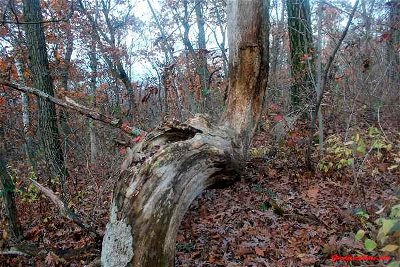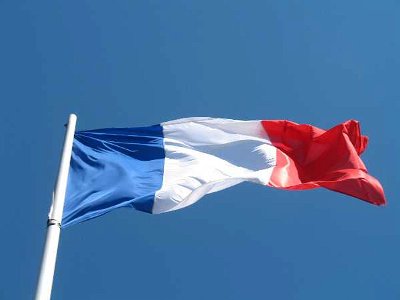27. WWII
This man, one-eighth Osage, was the first Native American in the U.S. Army's history to attain the rank of Major General. Who achieved the rank of Brigadier General in 1940 and was the first American General to die in WWII combat?
From Quiz Native Americans in the U.S. Military, Part II
Answer:
Clarence L. Tinker
Clarence Leonard Tinker was born in 1887 to an Osage/English father and German mother near Pawhuska, OK on the Osage Nation. He was reared in Osage traditions. His Native American name, Ce-ce-mno-l, translates to 'Restless Elk As He Goes'. While of mixed blood, Tinker's father, George Edward Tinker, always asserted he was 100% Osage in spirit. Tinker's first job was working in the print shop of the first Osage newspaper. Wah-Sha-She-News was founded and published by Tinker's father. In 1912, Clarence Tinker was accepted into the U.S. Army and received a 2nd Lieutenant's commission in the Infantry.
In 1922, after completing flying lessons, he transferred to the U.S. Army Air Corps. Tinker served as Assistant Military Attache for Aviation in London, England where he was awarded the Soldier's Medal for rescuing a Navy pilot from burning wreckage. After standing as Commandant of the Air Service Advanced Flying School at Kelly Field, Texas, he acted as Commanding Officer of numerous bomber squadrons in the U.S. Gen. Tinker died at Midway during a long-range bombing mission on the Japanese. His aircraft fell out of formation and disappeared. His body, those of his crew and the aircraft were never recovered. Tinker Air Force Base in Oklahoma is named in his honor. He was awarded the Distinguished Service Medal posthumously.









 Quick Question
Quick Question